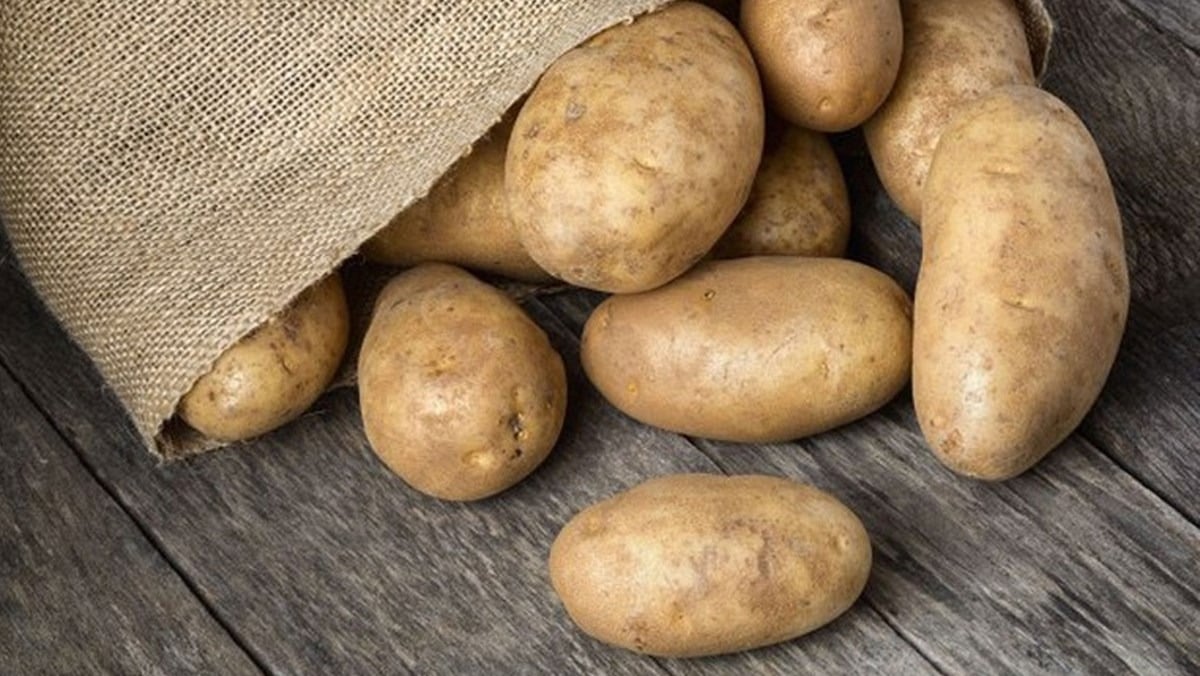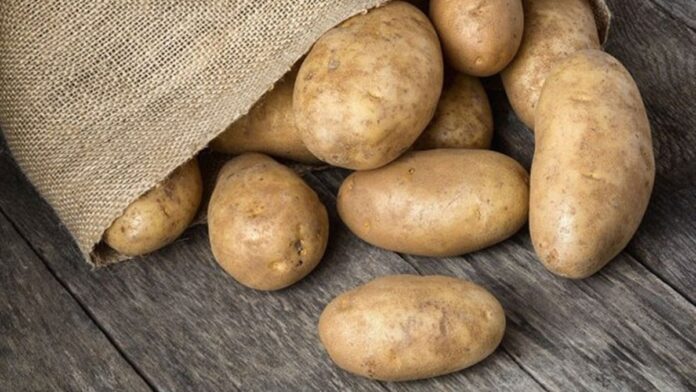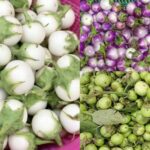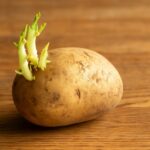Potatoes are a familiar staple in many Vietnamese households. From crispy French fries and hearty potato soup to nutritious stews, potatoes are a versatile and easy-to-prepare ingredient. However, storing potatoes to maintain their freshness and prevent sprouting can be a challenge. If not stored properly, potatoes can wilt, sprout, or rot, leading to waste. This article will share practical tips to help you keep your potatoes fresh, ensuring quality and preventing sprouting.
Before delving into storage tips, it’s important to understand why potatoes sprout. Potatoes sprout when exposed to high humidity, warm temperatures, or light. Potato sprouts contain solanine, a substance that can be harmful if consumed in large quantities. Proper storage not only prolongs freshness but also ensures food safety.
To extend the shelf life of potatoes, create optimal storage conditions and avoid factors that encourage sprouting. The following are specific, easy-to-apply tips to keep your potatoes fresh.

Select the Right Potatoes
Proper storage begins with choosing the right potatoes. When purchasing potatoes, opt for firm tubers with smooth skins, free from bruises, cracks, or signs of sprouting. Damaged or cut potatoes are more susceptible to bacterial invasion and tend to spoil faster. Additionally, select potatoes of medium size, as larger potatoes are harder to store long-term, while smaller ones may have already lost some nutrients.
Examine the surface of the potatoes carefully, avoiding those with a slight green tint, indicating exposure to light and increased solanine levels. A helpful tip is to source potatoes from reputable suppliers to ensure they haven’t been treated with unknown chemical preservatives.
Pay Attention to Temperature and Humidity
Temperature and humidity are crucial factors in determining potato storage life. The ideal storage temperature for potatoes is between 45-50°F (7-10°C). At this temperature range, potatoes can remain fresh for several weeks or even months. Storing potatoes at higher temperatures encourages sprouting, while lower temperatures, such as those in a refrigerator, cause starch conversion to sugar, altering their taste and texture.
Humidity should also be maintained at a moderate level, around 85-90%. Excessive humidity leads to mold, while insufficient humidity causes shriveling. To maintain optimal humidity, store potatoes in a well-ventilated basket or mesh bag instead of a sealed plastic bag, which can trap moisture.
Keep Potatoes Away from Light to Prevent Sprouting
Light is the arch-nemesis of potatoes. When exposed to natural or artificial light, potatoes produce solanine and chlorophyll, resulting in green skin and sprouting. To counter this, store potatoes in a dark, cool place, such as a kitchen corner, pantry, or cellar. If complete darkness is not achievable, wrap potatoes in newspaper or dark fabric to minimize light exposure.
Don’t Store Potatoes with Other Vegetables and Fruits
It’s a common mistake to store potatoes with other vegetables, especially onions. Onions release ethylene gas, which stimulates sprouting and accelerates potato spoilage. Similarly, certain fruits like apples and bananas also produce ethylene, so keep potatoes away from them. However, placing a few ripe apples with potatoes in the initial stages can help delay sprouting temporarily, but not for extended periods.
In addition to environmental control, there are some extra tips for prolonging potato shelf life. One effective method is placing dried mint leaves or mint tea bags in the storage area. Mint’s aroma inhibits sprout growth. Additionally, charcoal or silica gel packets can help control humidity and prevent mold.
Even with proper storage, periodically inspect your potatoes every one to two weeks. Discard any potatoes showing signs of rot, softening, or unusual odors. This practice helps prevent bacterial or mold spread. Additionally, use older potatoes first to avoid forgetting and causing waste.
Be Wary: 3 Cheap Veggies You Should Never Buy, For Your Own Good!
“Health experts issue a warning about three seemingly harmless and affordable vegetables that are widely available but could pose potential health risks. These vegetables, despite their prevalence, should be avoided to protect your well-being and ensure you don’t end up paying a hefty price for your health.”
3 Bad Habits That Turn Eggplants From Superfood to Super-toxic: Uncover the Right Way to Enjoy This Delicious Veggie
“Cà pháo, a versatile vegetable that stars in countless culinary delights, especially the iconic cà pháo muối, a staple in traditional Vietnamese meals. However, unbeknownst to many, improper consumption of this vegetable can lead to potential health hazards. Discover the hidden dangers lurking beneath the enticing flavors of cà pháo and learn how to navigate its consumption safely.”





































